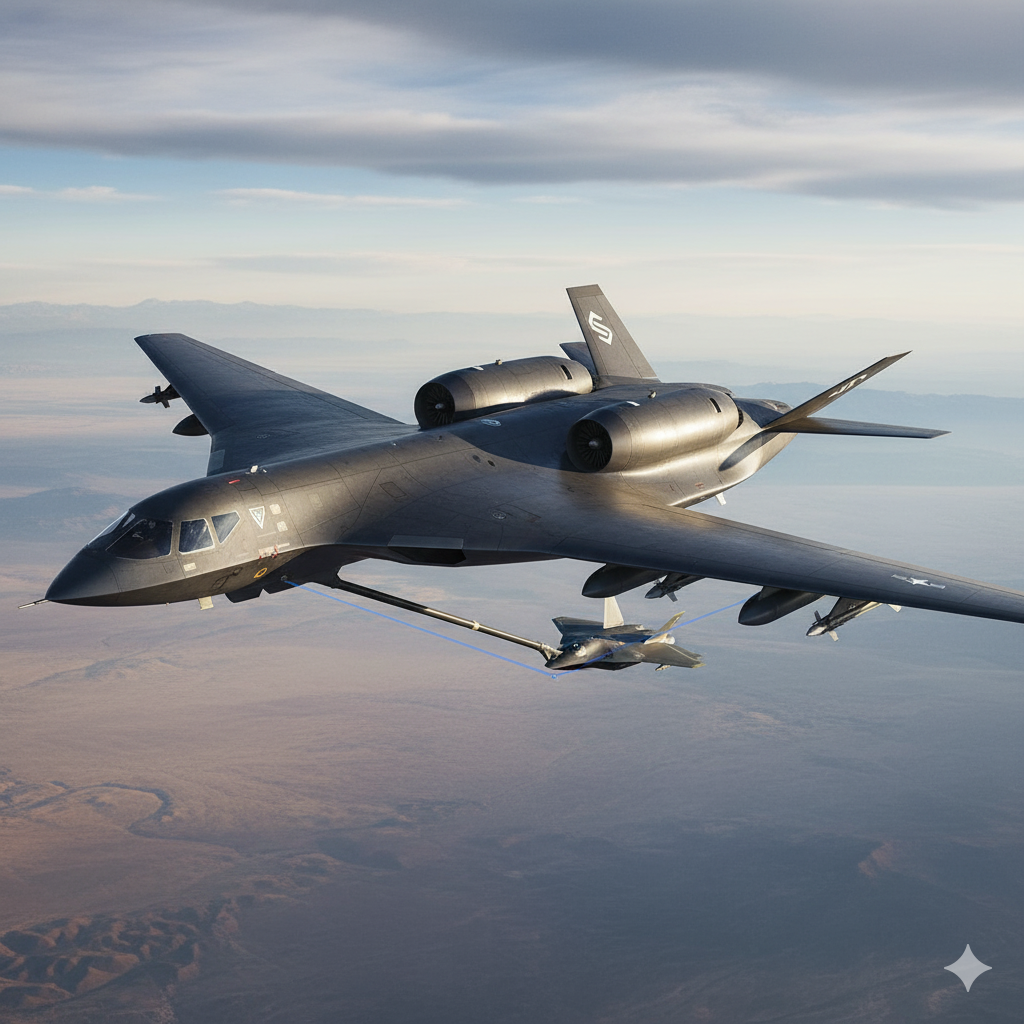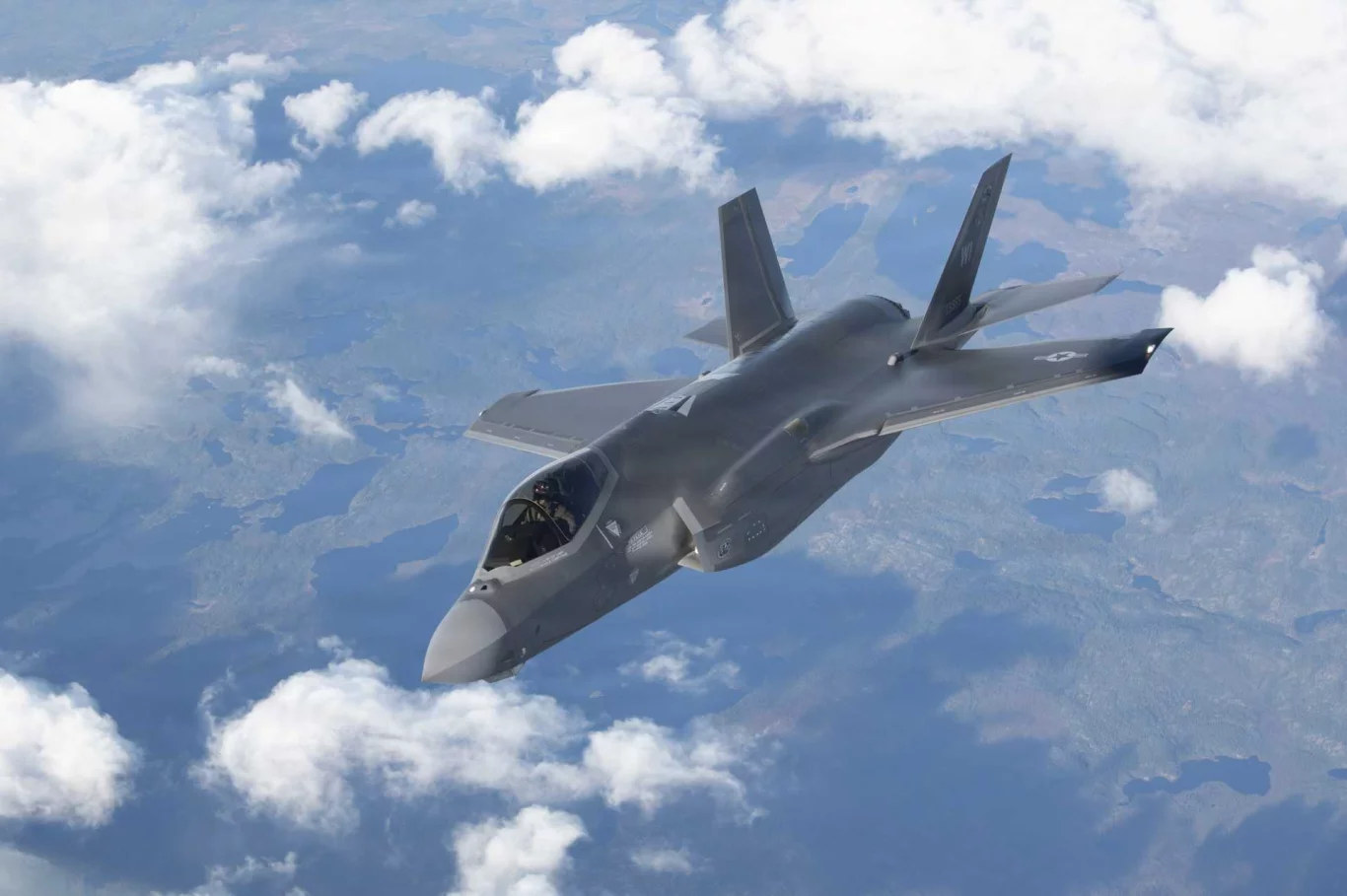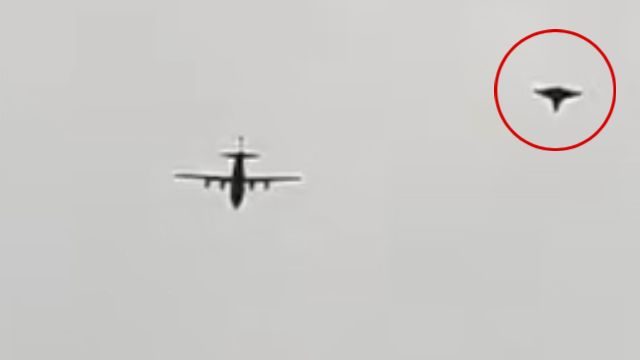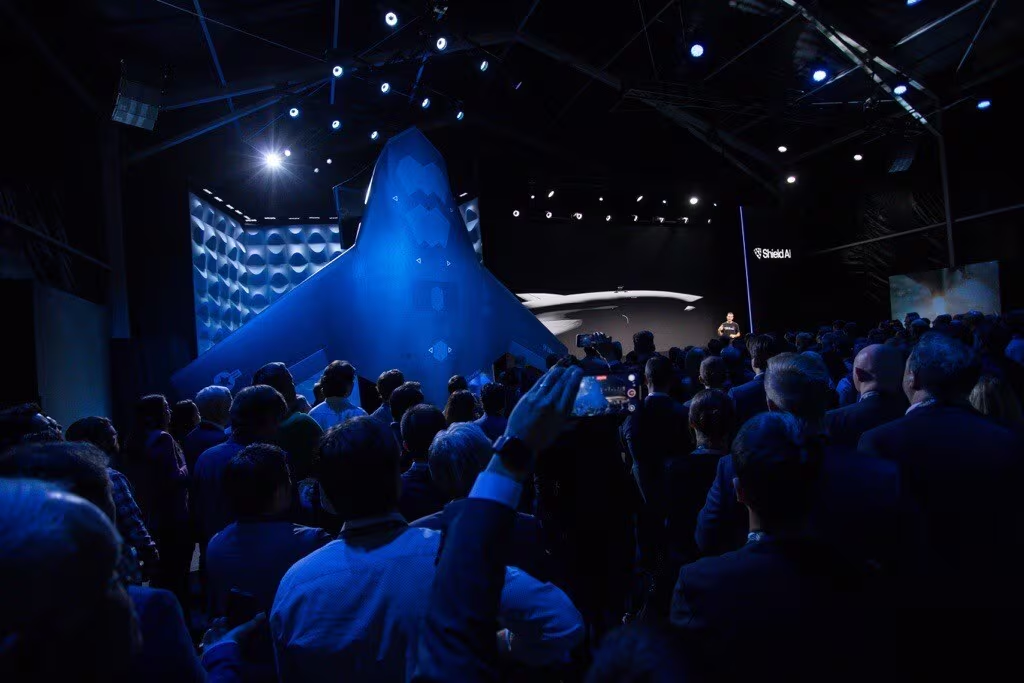The United States Air Force (USAF) is embarking on one of its most critical modernization efforts: defining and acquiring its next-generation tanker aircraft. This isn’t merely about replacing aging planes; it’s about shaping the future of global air power projection and strategic reach for decades to come. Into this high-stakes arena steps Stavatti Aerospace, a firm that, while perhaps not a household name like Boeing or Airbus, is making a bold play with its proposed SM-940K design. This bid represents not just a new aircraft, but a potentially fresh perspective on what a future tanker needs to be, challenging established norms and offering an alternative vision for aerial refueling.
For decades, the backbone of the USAF’s aerial refueling capability has been the venerable KC-135 Stratotanker, complemented by the more modern KC-46 Pegasus. However, as global operational demands evolve and potential adversaries develop increasingly sophisticated anti-access/area denial (A2/AD) capabilities, the need for a truly next-generation tanker has become undeniable. The USAF’s “KC-Y” and “KC-Z” programs are designed to address this, looking beyond incremental upgrades to revolutionary concepts that could fundamentally alter how air power is projected around the globe.
Stavatti’s offer of the SM-940K for this crucial program is a significant development. While details about the SM-940K are likely proprietary and under wraps, one can infer certain characteristics that a contender for a next-gen tanker would need to possess. It’s highly probable that the SM-940K emphasizes features like:
- Increased Fuel Offload Capacity: The ability to carry and transfer more fuel is paramount for extending the range and endurance of modern combat aircraft, especially in vast operational theaters.
- Enhanced Survivability: Operating in increasingly contested airspace, future tankers may need advanced stealth characteristics, electronic warfare capabilities, or defensive systems to protect against sophisticated threats.
- Advanced Automation and Avionics: Modern tankers will likely incorporate advanced automation to reduce crew workload, sophisticated mission planning systems, and robust communication links to integrate seamlessly into a networked battlefield.
- Multi-Role Capabilities: Beyond just refueling, a next-gen tanker might be designed to perform other roles, such as cargo transport, command and control, or intelligence, surveillance, and reconnaissance (ISR).
- Efficiency and Maintainability: Lower operational costs and easier maintenance are always critical considerations for large fleet acquisitions.
Stavatti’s decision to enter this competition is a bold move, pitting them against aerospace giants. It signals a belief in their design’s innovative qualities and its potential to genuinely meet the USAF’s future needs. Smaller, more agile firms can sometimes bring fresh, unconventional thinking to complex problems, unburdened by legacy designs or corporate inertia. This could be where Stavatti aims to differentiate itself.
The implications of this competition are enormous. The choice of the next-generation tanker will influence everything from the design of future fighter jets and bombers (which rely on tankers for extended reach) to the overall strategic footprint of the United States military. A more capable tanker means greater flexibility, longer missions, and the ability to project power further and more effectively without relying on forward bases, which can be vulnerable.
Furthermore, the competition itself drives innovation across the aerospace industry. Even if Stavatti doesn’t win the primary contract, its participation with the SM-940K could influence the designs of other contenders or prompt the USAF to consider new concepts that might not have been on the table otherwise. It’s a vital part of the defense procurement ecosystem, ensuring that the military gets the best possible technology.
The process of selecting a new tanker will be exhaustive, involving rigorous testing, detailed cost-benefit analyses, and extensive evaluation of technical specifications and risks. Stavatti’s ability to demonstrate the feasibility, cost-effectiveness, and superior performance of the SM-940K will be key to its success.
In conclusion, Stavatti’s offer of its SM-940K for the USAF’s next-generation tanker aircraft program is a significant development in the defense aerospace sector. It injects a new competitor and a potentially innovative design into a critical acquisition process that will shape global air power for decades. This is more than just an aircraft; it’s a strategic asset that will enable the projection of force, sustain operations, and ensure the continued dominance of American air power in an increasingly complex world.




